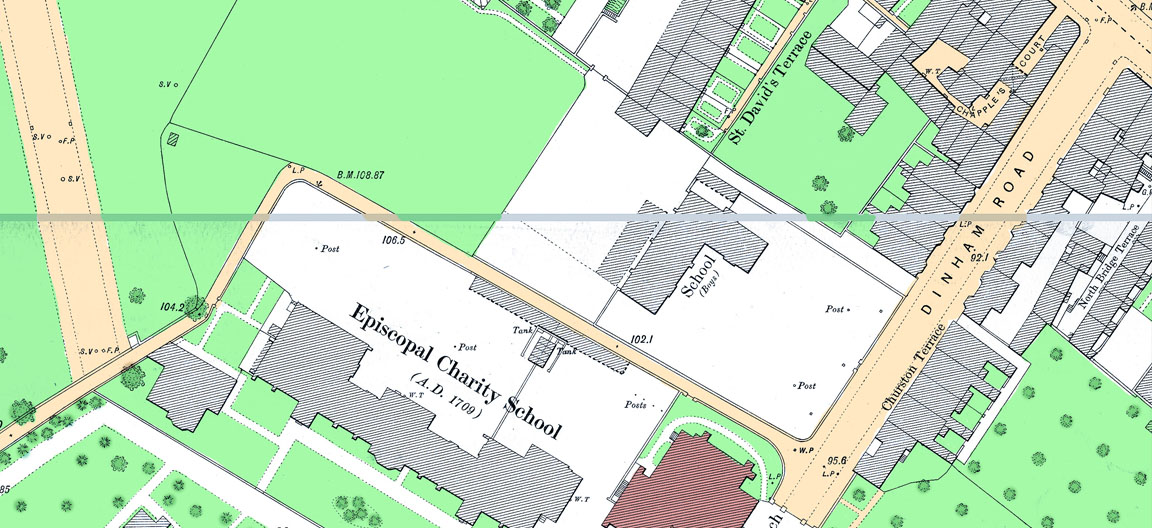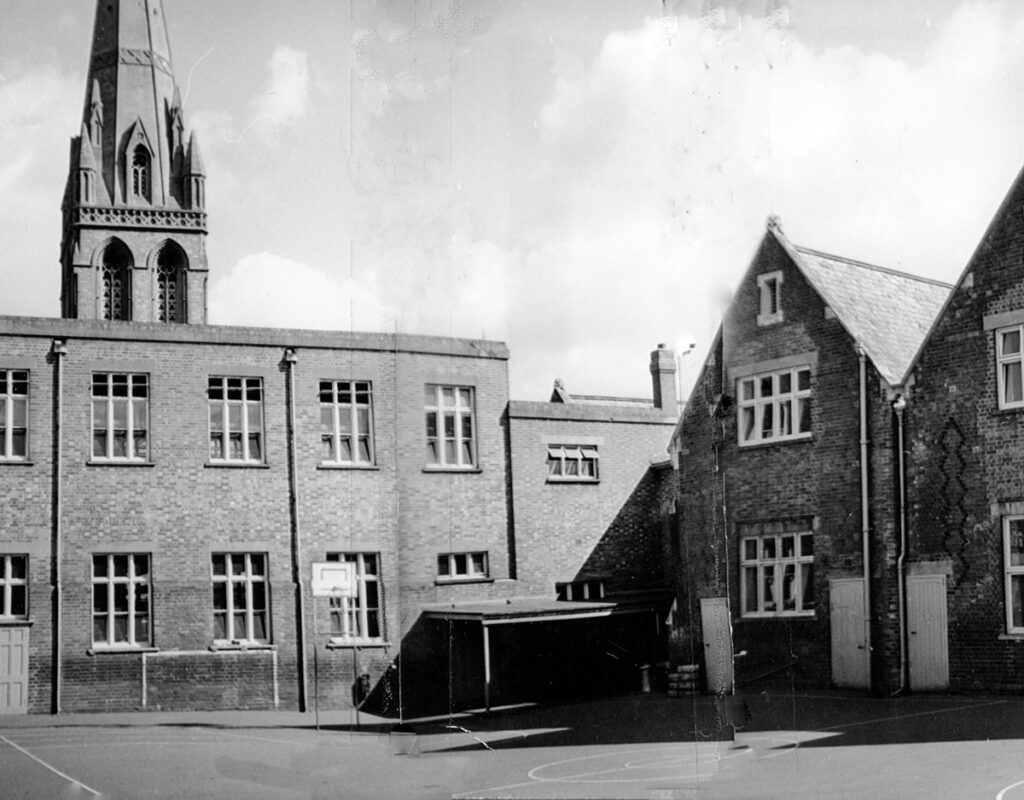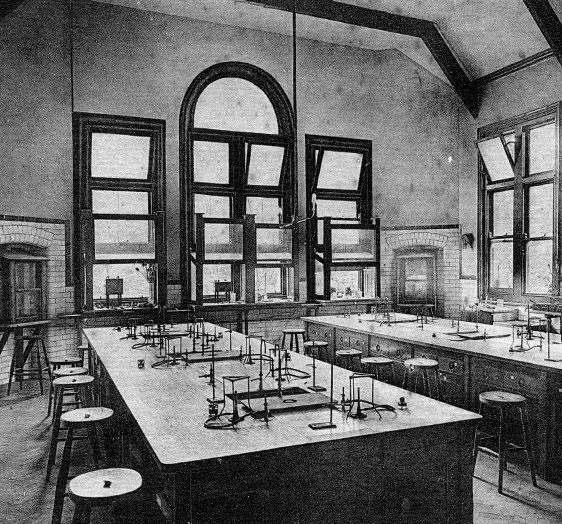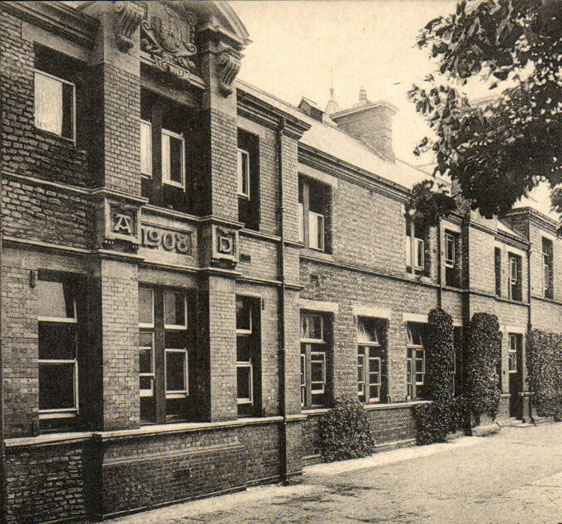St Davids Three Charity Schools
Mount Dinham Episcopal Charity School
Community researcher Jane Chappell
Dominating Mount Dinham’s ‘village’ is the fine school building, now rebuilt as Fountain Court. John Dinham provided this land ‘for the educational needs of the poor’ and William Gibb funded the school’s construction. The new Episcopal Charity School opened in 1862, and students moved in from older city charity schools. The 340 boys and girls had separate entrances and huge classrooms, two playgrounds and teachers’ houses on site.
Episcopal schools were established in Exeter in 1709, originally by Bishop Blackall. Education, school clothing and teachers’ salaries were funded by cathedral and church collections, as well as voluntary donations, and managed by trustees, later including John Dinham. Boys between the ages of 9 and 14, and girls between 8 and 13, learned reading, writing, arithmetic and skills ‘relevant to their sex’.
After the Education Act of 1902 it became a Voluntary Aided School, requiring parental contributions, which led to reduced student numbers. But from 1936 to 1938 the high school roof was converted into an upper storey with additional classrooms for extra students from other closing schools. In 1940 London Evacuees used the school, and after the 1944 Education Act, it became the Episcopal Secondary Modern School until its closure in 1972. It was then used by Exeter College until 2004, when the College expanded its main site. The school building has recently been sympathetically converted into residential apartments by Mount Dinham’s managing agents.
St David’s Primary
Community researcher Jane Chappell

After funding the construction of the Episcopal School and St Michael’s Church at Mount Dinham, William Gibb paid for a new school for younger children next to the church.
National Schools were founded to bring education and religion to poor children throughout the country. Exeter’s first one opened in 1835 in Bartholomew Street. Increasing numbers of pupils led to other city premises and then in 1868 to the opening of the new St David’s National School intended ‘for the education of children belonging to the Church of England and of the labouring or manufacturing classes in St David’s parish’.Typical of its day, the school had separate boys’ and girls’ classrooms, a playground and an annexe for cloakrooms. Today the building houses St David’s Church of England Primary School, which attracts children of different faiths and cultures.
St Wilfrid’s School, St David’s Hill
Community researcher Jane Chappell
In 1866, Reverend Pearse founded the Anglican Order of the Community of St Wilfrid in Exeter. The 1870 Education Act made school attendance compulsory and Rev. Pearse subsequently founded a school to be run by St Wilfrid’s nuns in the same year. They taught reading, writing and arithmetic as well as deportment and dancing. It was known as the ‘Forty School’ because there was space for forty pupils, until 1900 when it moved to larger premises at the Mint.
Further growth in 1950 brought the senior students to St Wilfrid’s Orphanage on St David’s Hill, also founded by Rev. Pearse. Facilities were expanded to accommodate the school, which was mostly for girls until boys arrived after the closure of Mount Radford School in 1967.
Then it became the first independent co-educational school in Exeter, led by Mother Edith, although nuns only taught there for a few more years. The school’s charity and religious origins were followed by pupils during the 1970s and 80s as they delivered food to local Almshouses, sang Christmas carols in the High Street and stopped city traffic as they processed to the cathedral on St Wilfrid’s Day in October.


